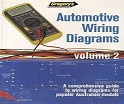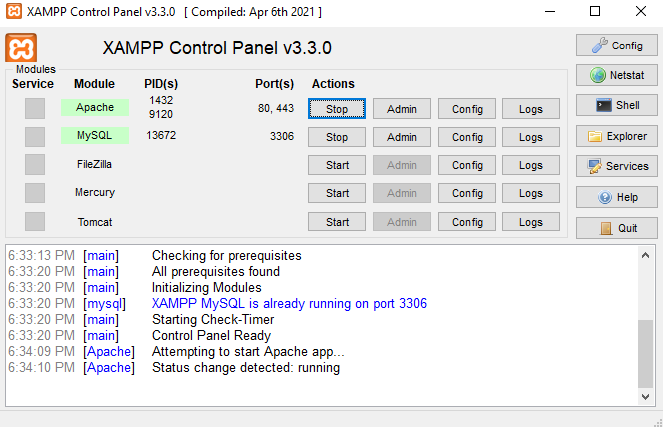
AUTOMOTIVE WIRING AND ELECTRICAL SYSTEMS
A typical lead acid battery has a chemical reaction that occurs when current is pulled from the battery. This chemical reaction occurs between the electrolyte (the mixture of water and sulfuric acid), and the lead plates that make up the individual cells of the battery itself. In addition, said battery has six 2.1-volt cells connected internally in a series arrangement. This nets a standard nominal voltage of between 12.6 and 12.7 VDC. When charge is flowing into the battery, such as from a spinning alternator, this chemical reaction is reversed, allowing the charge to be stored within the battery for future use. This chemical reaction can be enhanced by increasing the temperature of the battery, as is the case when it is located under the hood of the vehicle.
By nature of its design, the battery has an incredibly high amount of capacitance. This capacitance, coupled with the output of the alternator, has a filtering effect. A fresh battery does an incredibly good job of filtering any non- DC voltage present (i.e., ripple) at the output of an alternator. Unfortunately, this filtering benefit can be lessened as the distance between the battery and alternator increases. Worst case example are vehicles that have a trunk-mounted battery, as many of the German cars do. (Same net effect you can have when relocating your battery to the trunk—just goes to show you, there is no such thing as a free lunch.)
As the battery ages, its ability to release and store charge, as well as its ability to filter ripple, is lessened. This is why sometimes replacing an old, worn-out battery can solve all kinds of problems.






